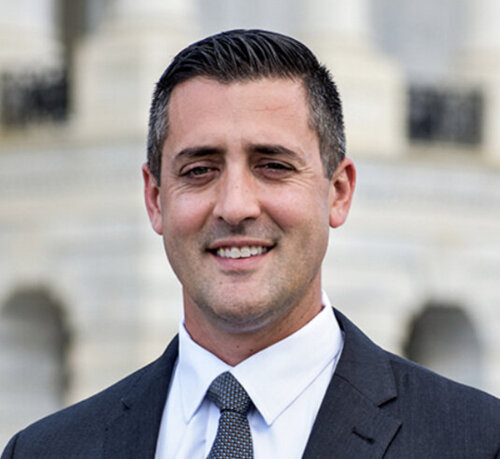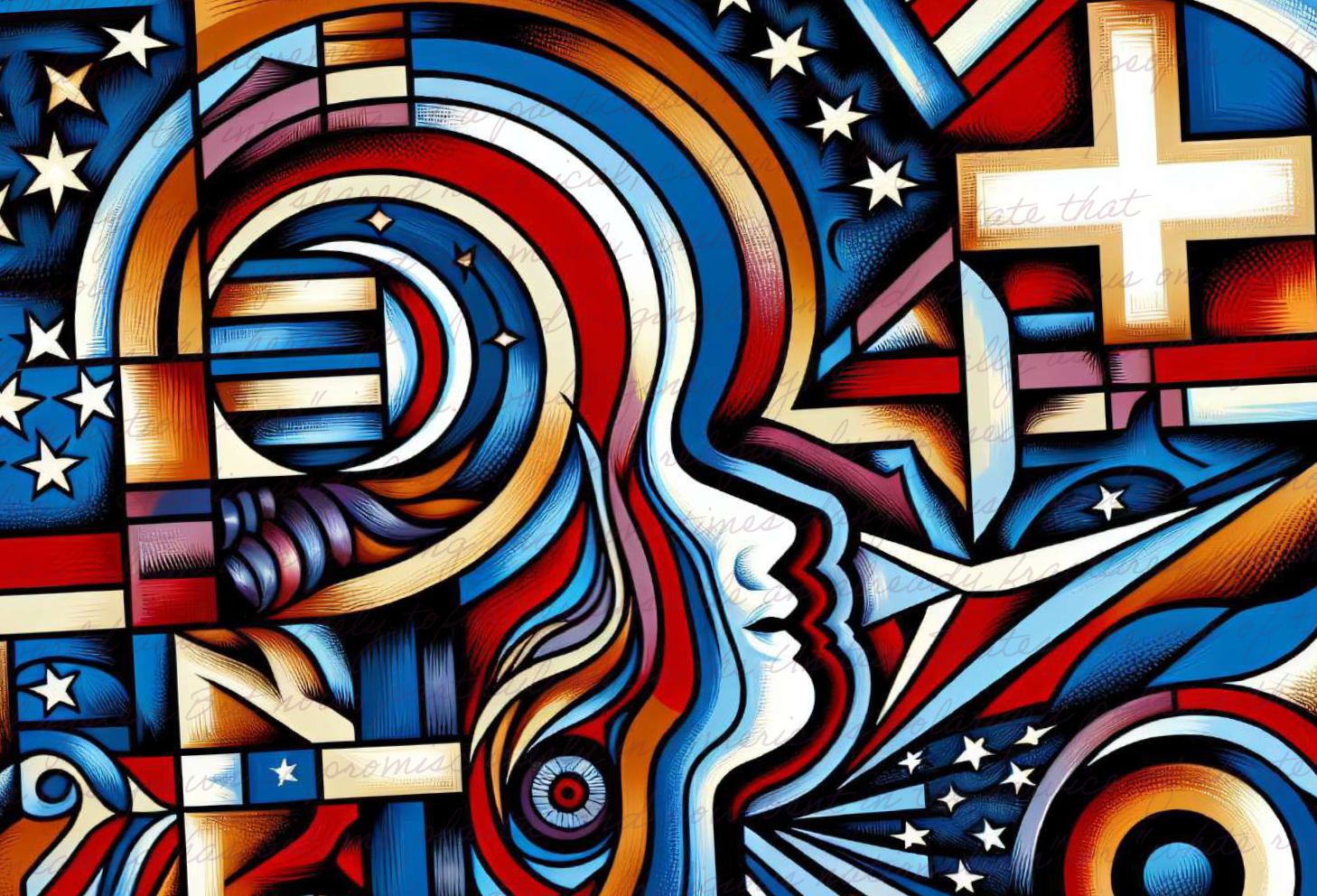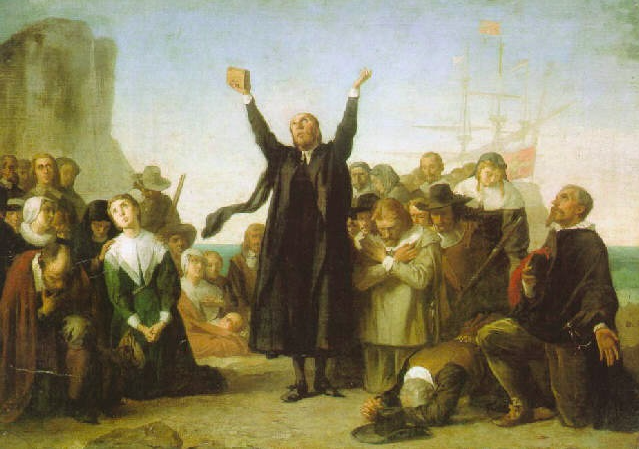
The pattern is all-too-common in America today: a “problematic” statement, image, or behavior, typically amplified on social media, triggers outrage and opprobrium. Aggrieved parties (external and/or internal to the offender’s institution) demand the perceived offense be rectified by removal of the offender from the institutional position that made the offense possible. The institution then assents to the removal of the offender, often accompanied by self-flagellating public statements intended to placate the accusers. This relatively new phenomenon is often described as “cancel culture,” and examples of it are many.

The hallmark of cases of cancel culture is that the proposed remedy for a perceived offense rejects any engagement or argumentation with the offender. That remedy instead resembles a form of excommunication, where the continued presence of the offender in the institution is considered a de facto endorsement of his or her offense as well as an ongoing trauma for the aggrieved parties.
Americans across the political and ideological spectrum are grappling with how to respond to cancel culture, and two recent public statements with very different groups of signatories aim to address the challenges to free expression it poses.
While both merit careful examination, Americans alarmed by cancel culture have an additional, time-tested resource to look to during this time of profound cultural discord and upheaval. The American tradition of religious freedom can help us navigate this divisive moment and stand confidently against the illiberal, uncharitable tendencies of cancel culture.
Cancel Culture Casualties
This extreme form of policing and punishing free expression is becoming more pronounced across many institutional settings. The cases of David Shor and James Bennett are just two recent examples.
Shor worked for the progressive consulting firm Civis Analytics providing strategic election analyses for Democratic Party candidates. “When Omar Wasow, a professor at Princeton, published a paper in the country’s most prestigious political-science journal arguing that nonviolent civil-rights protests had, in the 1960s, been more politically effective than violent ones, Shor tweeted a simple summary of it to his followers.” The timing of his tweet coincided with the first round of mass protests in response to the death of George Floyd. Condemnation of Shor’s tweet went viral, and he was fired less than a week later.
In early June, Bennett resigned from his position as editor of The New York Times editorial page following publication of an opinion column by Senator Tom Cotton. In his piece, Senator Cotton argued for use of military force to secure American cities beset by rioting and looting. Many Times readers and hundreds of the paper’s staffers expressed their anger on social media, and the Times’ own internal Slack channel, that this article, authored by a sitting U.S. senator, was published at all. After initially defending its publication, appending an editor’s note to it, and then apologizing for publishing it, Bennett resigned four days after the column ran.
Two Defenses of Free Expression
Our task here is not to deal directly with what Shor, Bennett, or others have said or done to get cancelled, but rather to warn against the impulse to shame, punish, and silence one’s ideological opponents. In a time like ours when social norms, orthodoxies, and sensibilities are shifting so rapidly, harsh punishments for transgressive forms of expression have a significant chilling effect on our ability to work in good faith toward a new cultural settlement. The nebulous and poorly-defined boundary between acceptable and unacceptable expression often ensnares even those who sincerely desire to follow social conventions, to say nothing of those who for reasons of personal or religious conviction feel compelled to reject at least some of those conventions.
Harper’s Magazine Letter
As mentioned above, two public statements issued in the last several weeks have taken aim at cancel culture. First, on July 7, 2020, Harper’s Magazine published A Letter on Justice and Open Debate. David Brooks, J.K. Rowling, Noam Chomsky, Jonathan Haidt, and Bari Weiss are among the signatories.
The letter states, “The forces of illiberalism are gaining strength throughout the world…The democratic inclusion we want can be achieved only if we speak out against the intolerant climate that has set in on all sides.” The letter continues, “The free exchange of information and ideas, the lifeblood of a liberal society, is daily becoming more constricted.”
“[I]t is now all too common,” the letter notes, “to hear calls for swift and severe retribution in response to perceived transgressions of speech and thought.”
The letter does more, however, than express lament: “The way to defeat bad ideas is by exposure, argument, and persuasion, not by trying to silence or wish them away.”
While the Harper’s letter might have seemed to be a relatively anodyne restatement of classical liberal principles of free expression, it provoked fierce condemnation, even leading some of the signatories to apologize for signing it. Clearly, at least some of the bedrock principles undergirding the American right to free expression are no longer shared assumptions, and may even be actively in dispute. If it is insufficient recourse merely to appeal to the Free Speech provision in the First Amendment of the Constitution, and the body of jurisprudence and social understandings that proceed from it, how else can the case be made?
The Philadelphia Statement
More recently, the “Philadelphia Statement on Civil Discourse and the Strengthening of Liberal Democracy” entered into the discussion with a possible answer. Religious Freedom Institute President Thomas Farr, Robert George, Russell Moore, Archbishop Charles Chaput, and Mary Eberstadt are among the signatories.
The statement begins in stark terms: “Social Media mobs. Cancel culture. Campus speech policing. These are all part of life in today’s America. Freedom of expression is in crisis.” The statement continues: “We want—and to be true to ourselves we need—to be a nation in which we and our fellow citizens of many different faiths, philosophies, and persuasions can speak their minds and honor their deepest convictions without fear of punishment and retaliation.” Restrictions on free expression from the corporate sector to the academy are expanding to include the practice of “blacklisting,” enactment of “hate speech” policies, and promulgation of other speech regulations.
The statement offers a clear and compelling alternative to this punitive cancel culture: “[W]e must favor openness, to allow ideas and beliefs the chance to be assessed on their own merits; and we must be willing to trust that bad ideas will be corrected not through censorship but through better arguments.” The Philadelphia Statement deserves wide exposure, support, and implementation.
Religious Freedom Shows Us a Better Way
The lived practice of religious freedom brings into even sharper relief the key elements of these statements. Its precepts offer a viable way of living together in societies riven by deep disagreement.
Centuries of religious conflict demonstrated the futility of compulsion in matters of conscience and punishment of dissent from the regnant orthodoxies. The core of the religious freedom ethos in society is that none can be free unless all are free to advocate for and order their lives according to their conception of the highest good. Dr. Farr refers to this notion as free exercise equality. One clear implication is that persuasion is the baseline mode for dealing with religious disagreement. People of faith committed to religious freedom know they cannot promote their core beliefs and identity via government edict, social intimidation, or mob action without simultaneously undermining them. Religious freedom, by contrast, offers respect, persuasion, and good-faith engagement as bridges across deep cultural divides.
Religious freedom thus provides a social and legal framework within which people who adhere to different beliefs about ultimate reality and the proper ordering of society are free to insist upon the truth of their beliefs while foreclosing coercion as a means of getting others to follow suit. A careful distillation of the best of the American religious freedom tradition underscores this point.
To be clear: Religious freedom, rightly understood, rejects the idea that differences in truth claims between religious and/or non-religious views are immaterial. Committed believers living in religiously free, pluralist societies are not obligated to reject or diminish the distinctive truth claims of their faith; they are required, however, to reject coercive means of bringing others into conformity with those claims.
Compulsion may result in compliance, for a time, but it always breeds resentment, and that resentment leads to hatred and eventually conflict. Cancel culture warriors would do well to recognize that the punitive social regime they are advancing is ultimately an exercise in raw power that may eventually end with them on the same scaffold on which they have consigned so many others. It is a substantial gamble for them to operate on the assumption that this time, unlike all the others, the revolution won’t devour its own.
Religious freedom shows us a better way.
Nathan Berkeley is the Communications Director and Research Coordinator with the Religious Freedom Institute, a non-profit based in Washington, D.C. that is committed to advancing religious freedom for everyone, everywhere.
Phil Rexroth is a former federal law enforcement officer who holds Master’s degrees in World Politics and Strategic Intelligence.
All views and opinions presented in this essay are solely those of the author and publication on Cornerstone does not represent an endorsement or agreement from the Religious Freedom Institute or its leadership.
THE RFI BLOG

Myths of Religious Nationalism in America and Abroad

France’s Olympic Hijab Ban Violates International Law And Exacerbates Tensions

RFI Briefs USCIRF on Lessons from 25 Years of U.S. Designating Religious Freedom Violators

Thought Police: Protecting the People from Prayer

A Religious “Delaware”: Establishing a State Haven for Religious Corporations
CORNERSTONE FORUM

Challenges to Religious Freedom in Iraq and the Critical Need for Action

Public Bioethics & the Failure of Expressive Individualism

Religious Liberty in American Higher Education

Scotland’s Kate Forbes and the March of Secularism

